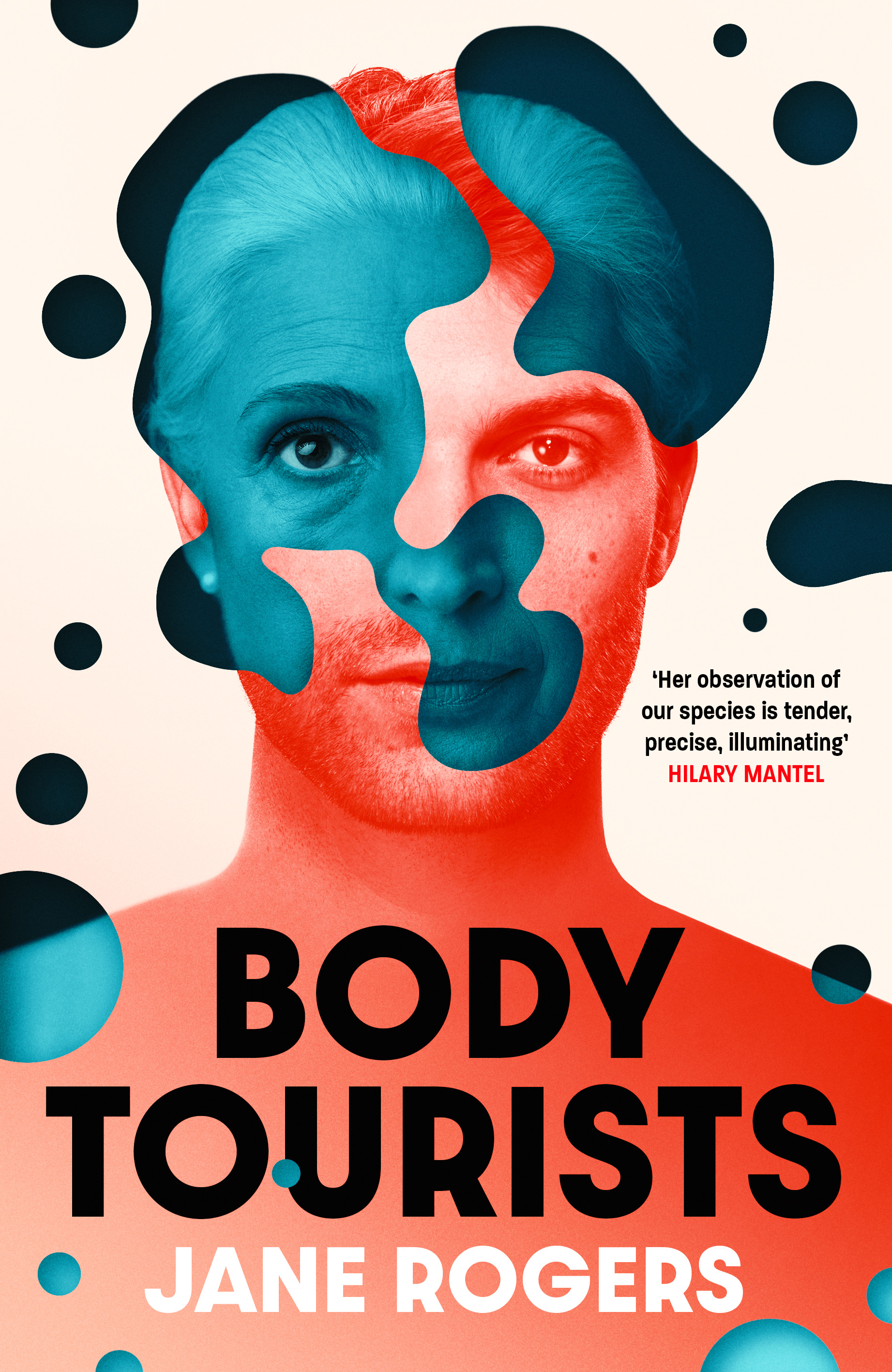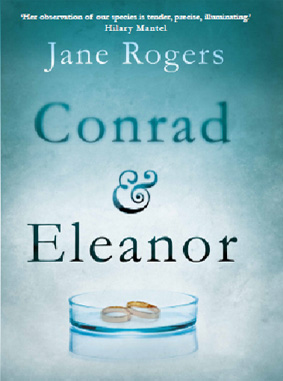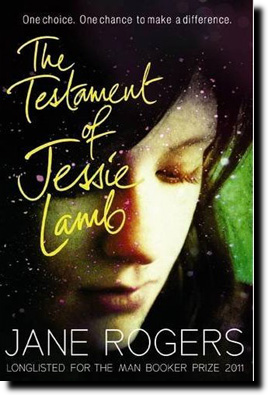The Testament of Jessie Lamb ( Sandstone Press, Feb 25 2011).
Women are dying in their millions. Some blame scientists, some see the hand of God, some see human arrogance reaping the punishment it deserves. Jessie Lamb is an ordinary girl living in extraordinary times: as her world collapses, her idealism and courage drive her towards the ultimate act of heroism. If the human race is to survive, it's up to her.
But is Jessie heroic? Or is she, as her father fears, impressionable, innocent, incapable of understanding where her actions will lead?
Set just a month or two in the future, in a world irreparably altered by an act of biological terrorism, The Testament of Jessie Lamb explores a young woman's determination to make her life count for something, as the certainties of her childhood are ripped apart.
Web site Created and Designed by Tracy Williams
Jane Rogers
REVIEW
Sunday Independent review 20 Feb 2011
THE TESTAMENT OF JESSIE LAMB by Jane Rogers
REVIEWER: Katy Guest
A WAKE UP CALL FROM ‘SLEEPING BEAUTIES’
With Kazuo Ishiguro’s Never Let Me Go having hit the big screen, this is set to be a good year for literary dystopias that pack an emotional punch. With that adaptation, it’s a case of if you like the film, you’ll love the book, but - if you can take any more bleakness - you’ll be blown away by this new novel by Jane Rogers.
The Testament of Jessie Lamb is set in a not-so-different near future, but one in which pregnant women are dying of an incurable disease, and the usual protest groups - feminists, environmentalists, anti-vivisectionists - can’t agree on what’s to blame, let alone how to stop it. Jessie, 16, is unengaged with the tragedy - feeling nothing but irritation as she passes a mass funeral at York Minster. But when her best friend is raped by a confused and angry gang of boys - one of many - and her potential boyfriend joins the radical Animal Liberation Front, her stroppy teenage save-the-planet stance turns into something far more thoughtful and serious. Then, her geneticist father tells her about research at his lab on "Sleeping Beauties": young women who can be impregnated with vaccinated embryos and perhaps offer human life a future - by sacrificing their own.
The novel begins as Jessie’s diary. She is imprisoned by her father, who will use force if necessary to turn her from the path on which she is set. These scenes are almost unbearably upsetting. For Jessie is no impetuous teenager; this is a world in which youngsters have, quite reasonably, rejected adults’ choices. Adults "say they believe things, but don’t act on them. Everything’s impossible because of something else," she sees. Jessie’s friend Lisa, who rejects the broken world to set up on her own, says: "That’s how they infantilise us. They make us think that if you decide to do something and take responsibility for your decision, you’ll have a really tough time. But it’s not true. What’s hard is being in someone else’s power."
The scary thing about this novel is that the questions it raises are so close to home. Must women always be the victims and the fall guys? Are Sleeping Beauties so different from young men volunteering for war? What happens, as Jessie’s mum asks, once we accept that individuals can be sacrificed? Can one person make a difference? Why aren’t we doing anything?
The novel does not set up an elaborate apocalypse, but astringently strips away the smears hiding the apocalypses we really face. Like Jessie’s, it is a small, calm voice of reason in a nonsensical world.







